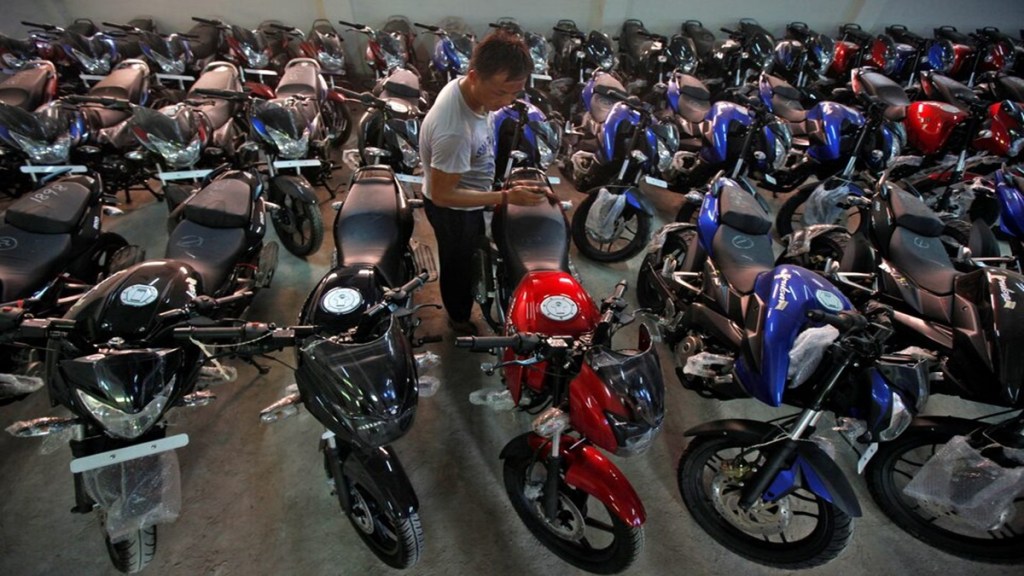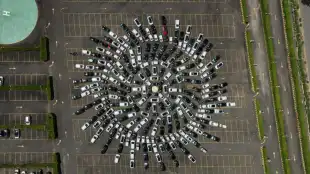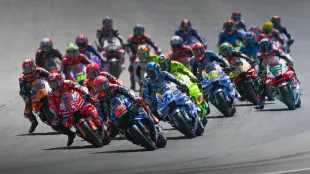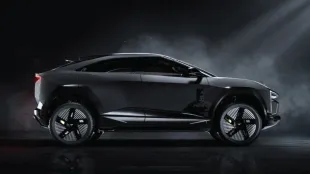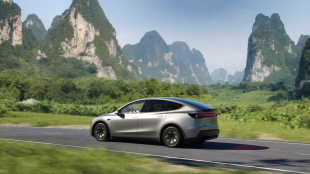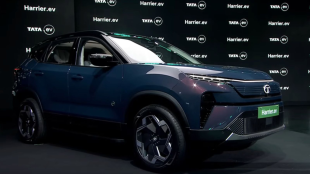The above normal rainfall forecast by the Indian Meteorological Department (IMD) for the upcoming monsoon season has brought good news to the two-wheeler sector. This comes at a time when demand has taken a backseat in recent months, forcing brands in the segment to lure buyers with offers.
As per IMD’s predictions, the June-to-September rainfall – which is responsible for 75% of the country’s annual rainfall and driving a significant portion of India’s economy – is likely to be 105% of the long period average.
More than 55% of two-wheeler demand is generated from agriculture-dependent rural areas. A good monsoon typically boosts agricultural output and rural incomes, leading to higher discretionary spending — including vehicle purchases.
Two-wheeler companies were relieved with the positive prediction given by the IMD.
“The actual rainfall in 2023 was 96%, but the core zone which consists of most of the rain-fed agriculture regions received 101% rainfall. That year, two-wheeler sales grew by 13%. Last year, there was excess rainfall and the segment grew by 9%. So, good two-wheeler growth is directly related to a bountiful monsoon,” said a senior sales executive of a two-wheeler company.
Over the past few quarters, urban demand for two-wheelers has remained tepid, weighed down by inflation, high fuel costs, and a preference shift toward premium or electric models.
“With better crop yields and improved cash flows, rural households are likely to invest in affordable mobility options, such as entry-level motorcycles and scooters. This could help balance the muted urban sentiment, especially for companies with strong rural penetration,” said Bajaj Broking Research.
Icra estimates the two-wheeler industry volumes to grow by 6-9% in FY26. The Federation of Automobile Dealers Association (FADA) also predicts a mid- to high single-digit growth for the year. In FY25, the segment closed with domestic volumes of 19.6 million units, recording a growth of 9% over FY24.
If the segment grows at the upper end of the estimate in FY26, it will surpass the all-time best of 21.17 million units clocked in FY19 with a total of 21.36 million units.
The going, however in the past four months, has been tough. There has been a 5% drop in volumes since December led by the motorcycle category. The reason: poor buyer sentiment and high vehicle loan interest rates. The dip in demand has led to a rise in inventory with dealers.
